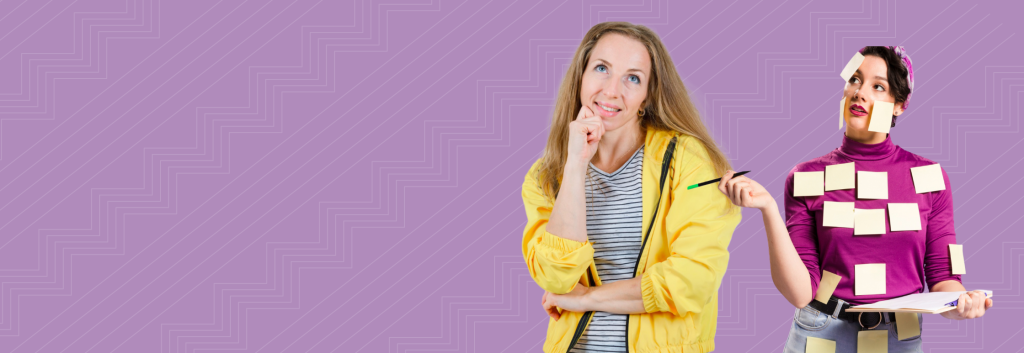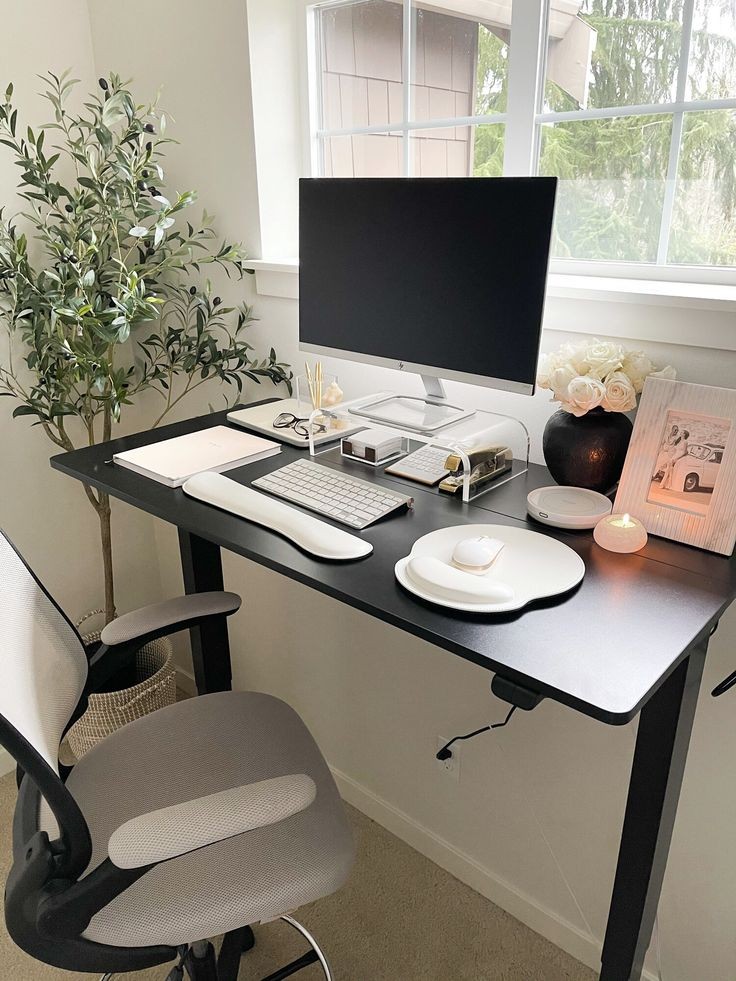You may think that you don’t have time for office organization, but if you knew how much time that disorganization cost you, you’d reconsider. A relatively neat and orderly office space clears the way for higher productivity and less wasted time.
Organizing your office doesn’t have to take days, it can be done a little at a time. Maintaining an organized office is much more effective if you treat it like an ongoing project, instead of a massive assault.
What does it mean to be organized?
Being organized means it is easier to focus on tasks so that you can be more efficient in the workplace. Organizations can improve employees’ work performance, and it can contribute to effective collaboration on projects. When employees are organized in the workplace, it makes it easier to prioritize projects and complete them by their deadlines.
Employees might stay organized by keeping a tidy workspace and avoiding clutter or by keeping a detailed calendar to remain on track with their schedule.
The importance of being organized:
When you’re at work, it’s important to be organized so that you can balance many different tasks at once. Being organized can also help you in the following ways:
1. Accomplish goals
When you’re organized, you’re more likely to accomplish your career goals. With a plan, your work tends to be more streamlined and you’re able to complete tasks more quickly. When you’re organized, you’re also able to help your company reach its objectives.
2. Maintain work-life balance
Organization can contribute to better work-life balance because you are more likely to complete your tasks during working hours instead of needing to take a project home, work overtime or make work calls and answer emails outside of your workplace. You can also enjoy your weekends at home if you can finish all of your assigned tasks during the workweek.
3. Keep up the momentum
When you remain organized during the day, you can complete tasks more quickly and build momentum in your work. Momentum can provide you with the motivation you need to complete tasks on time and in order of priority. It also helps you check items off of your to-do list and can contribute to a sense of accomplishment at the end of the workday.
4. Increase productivity
When you are organized, you can dedicate more time to completing your work tasks rather than searching for notes and emails and looking through paperwork on your desk. The organization also improves communication, which helps teams become more productive as a whole.
5. Stay focused
By having a clean and organized workspace, you can focus more on your tasks. Not only is it easier to find what you need, but it also provides fewer potential distractions. When you’re focused on a task, you may also have a better sense of what else you need to do and by what deadline.
6. Lower stress and anxiety
Being organized can help you lower stress and anxiety because you can focus on one project or goal at a time with fewer distractions.
Tips for making your work desk organized
1. Purge your office
Look around yourself and check everything that you don’t need. Take one area at a time. If it doesn’t work, send it out for repair or toss it. If you haven’t used it in months and can’t think of when you’ll need it, out it goes. This goes for furniture, equipment, supplies, etc.
Don’t forget about knick-knacks, plants (real or artificial), and decorations – if they’re covered with dust and make your office look shabby, they’re fair game.
2. Clear your desk
Start from scratch. Reorganizing will be easiest if you start with a blank desk. Clear everything off the top. Remove items from the drawers (if you have them). Keep everything together on a separate table or on the floor so you can go through it later. Once the initial clutter is out of the way, you’ll be able to assess exactly how you want your desk to look.
3. Clean your desk inside and out.
Take advantage of your desk being clear and use the opportunity to give it a good cleaning. Dust and wipe your desktop down with a multi-surface cleaner. Be sure everything has been removed from the desk before you start cleaning. Otherwise, you’ll have to clean around the existing clutter.
4. Update your space.
Take a look around your desk for anything that’s no longer current. This can include outdated calendars, answered and unanswered mail, and even old photos. Find fresh replacements for these objects. Throw away the out-of-date items or put them in storage. Everything on your desk should be new and ready to use going forward.
5. Throw away old and unnecessary items.
Take the junk you removed from your desk and divide everything into two piles: one for things to throw away, and another for things you intend to keep. Be stern with your choices. Get rid of as many unimportant items as you can until your stuff has been pared down to the bare necessities. This will make it easier to keep up with everything.
6. Establish work “zones”
Decide what type of activity happens in each area of your office. You’ll probably have a main workspace (most likely your desk,) a reference area (filing cabinet, shelves, binders,) and a supply area (closet, shelves, or drawers.)
Place the appropriate equipment and supplies are located in the proper area as much as possible.
7. proximity
Position the equipment and supplies that you use most within reach. Things that you rarely use can be stored or put away. If you find yourself reaching for certain things a lot, make sure they’re accessible. Give some thought to how frequently you reach for certain items on your desk and arrange them in order of importance. By taking this approach, you can streamline the process of finding and using various supplies.
8. Stock up on new supplies.
Running low on paper, ink pens, or staples? Visit an office supply store and pick up some materials to replenish your desk. Take a list with you so you won’t forget the basics or use your phone for the list. Focus on things that you use a lot and tend to go through quickly. When it’s time to get to work, you’ll be stocked on all the essentials, that you need.
9. Get a good labeler
Choose a label maker that’s simple to use. Take the time to label shelves, bins, and basket drawers. Not only will it remind you where things go, but it will also help others who may need to find, use, or put away anything in your workspace.
10. Add some flair.
A clean, organized desk is the goal, but that doesn’t mean it has to be dull. Add a few decorative touches to your desk to give it a little personality. A couple of framed pictures, a small statue, or a humorous coffee mug can liven up your space and make it feel more like home.
11. Revise your filing system
As we move fully into the digital age, the need to store paper files has decreased. You may be able to eliminate some of the files and folders you’ve used in the past. If you’re storing files on your computer, make sure you are doing regular back-ups.
12. Organize your desktop
Now that you’ve streamlined your desktop, it’s a good idea to organize it.
Use desktop organizers or containers to organize the items on your desk. Use trays for papers, and containers for smaller items.
Don’t forget your computer desktop! Make sure the files or images are all in organized folders.
13. Organize your drawers
Put items used together in the same drawer space, stamps with envelopes, sticky pads with notepads, etc.
Use drawer organizers for little and personal items – paper clips, tacks, etc.
14. Separate inboxes
If you work regularly with other people, create a folder, tray, or inbox for each.
15. Assign discard dates
You don’t need to keep every piece of paper indefinitely. Mark on files or documents when they can be tossed or shredded.
Some legal or financial documents must be kept for a specified length of time. Make sure you know what those requirements are.
16. Filter your emails
Some emails are important to read, others are just not that important. When you use the filter system to label different types of emails, you know their priority and which to reply to first.
17. Straighten your desk
At the end of the day, do a quick straighten, so you have a clean start the next day.
To conclude, you can use one tip or try them all to maintain your work desk organized, and instead of spending time looking for things and shuffling piles, you’ll be able to spend your time well working.

